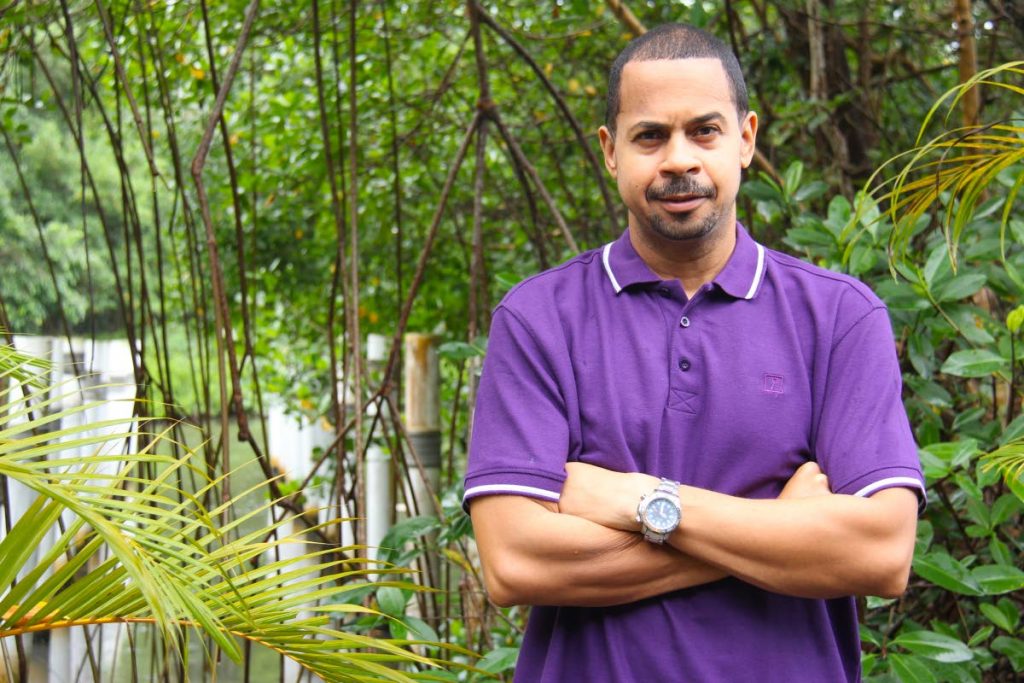Demolishing our history and our future

A not insignificant number of people were sufficiently upset about news of the impending demolition of the Brechin Castle and Usine Ste Madeleine sugar factories. An online petition urging the preservation of the historic sugar refineries has gathered nearly 7,000 signatures, at last count. Not too shabby, considering this is the land of fete and forget.
In the context of the predictable volatility of the oil markets, the demolition of assets which could be used to build a tourism attraction seems shockingly short-sighted; but then, myopia is our superpower!
Recently, there was news that government reportedly got approval for a CAF US$200 million loan to bolster TT's management, planning and investment in tourism infrastructure. As I suggested, in a Facebook post, we should be thinking about allocating some of that money for the restoration of parts of the two sugar refineries into a LIVING experience for tourists.
Some aspects of the sugar mill can be preserved or recreated to serve as physical assets for interactive, engaging and fun tours managed by trained tour guides.
Why can't a miniature sugar processing and distillery operation be cobbled together to give visitors a taste of what a working factory would have been like back in the hey-day of sugar? Freshly squeezed cane juice, molasses, jaggery and rum tastings can be part of an immersive experience that plays on all the senses.
At these sites, there can also be restaurants serving local dishes to tourists. These services can be provided by people living in the communities, giving them an active say and investment opportunity in the tourism industry. Consideration should also be given to the refurbishment of the trains, possibly to offer train rides around the facility and through a small acreage of replanted sugarcane.
I won't go into more details because I've written about this same subject on more occasions than I can count. At my age, I have to be more selective about how I waste my time. In this country, we don't have to stretch our imagination to come up with a scenario for what will become of that CAF loan.
Enter Agriculture Minister Clarence Rambharat. He spoke of Sevilla House on which considerable sums of money have been spent converting it into a sugar museum. I've been there since its restoration, so that part is true. Still, herein lies a wonderful example of our institutional myopia. The minister is thinking only of the preservation of our sugar history. That's not necessarily a bad thing. Schools need somewhere to take children on tours so teachers can get a break from time to time.
As a tourism product, though, a sugar museum is about as boring as it gets. I can't imagine tourists poolside at the Hilton getting all verklempt at the prospect of visiting a far-flung museum to pore over inert, dusty relics of a past to which they have no connection. Now, a working sugar factory, on a smaller scale, is a tourism experience. A sugar museum is drudgery and a bore for the modern tourist.
Now, it's been said the factories are in an advanced state of decay. Well, this is what we do! We leave historic structures to rot just long enough to say nothing of substance can be done with them. However, in other countries, more enterprising individuals recreate living, income-earning experiences built on the bones of the old. That, however, is asking too much of our five-year cycle of politics that keeps us trapped in hopelessness, looking to oil for salvation.
So let's go ahead and demolish our history, and along with it, our future. We have no appetite for understanding our past and little stomach for building the future. Our commitment to ignorance leaves us sealed in the amber of the eternal present, where time is like a loop, like a loop.


Comments
"Demolishing our history and our future"